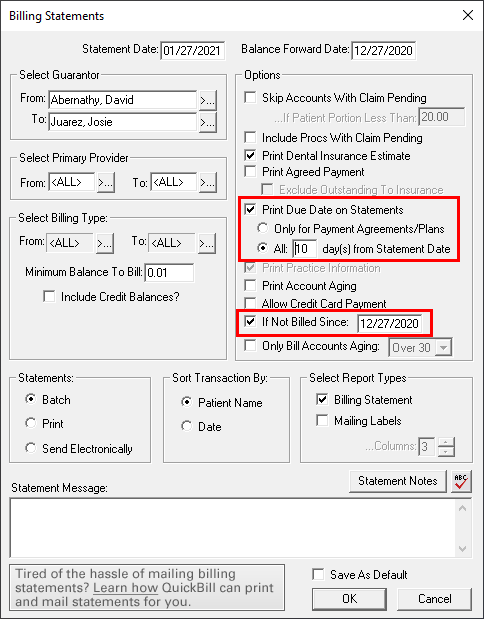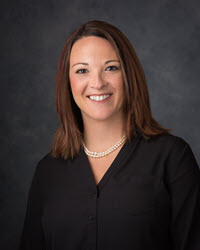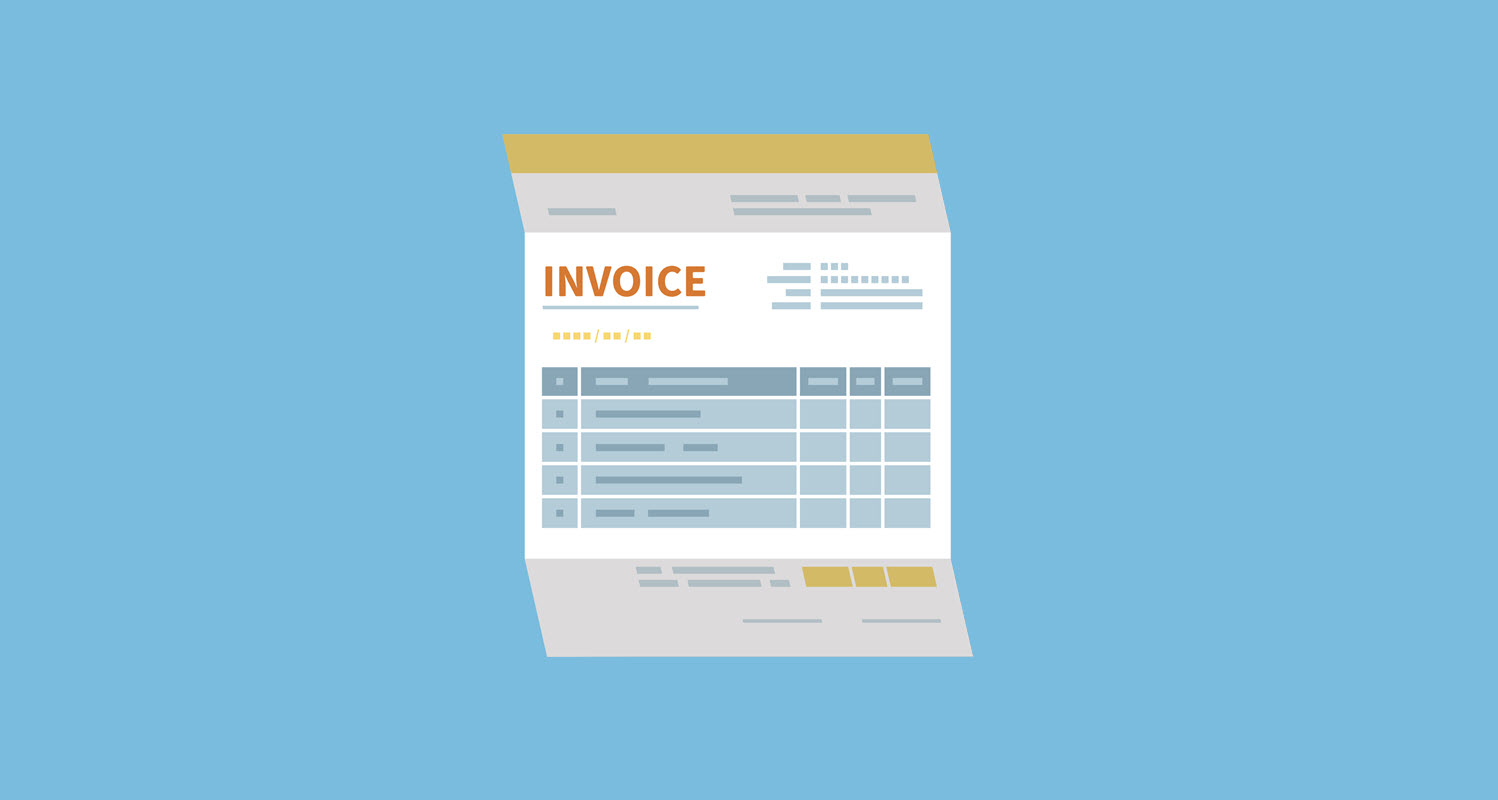Fine-tune the billing process in your office using features and settings already in your Dentrix software.
Updated 10/20/21
What’s your process when it comes to sending billing statements in your office? Some offices send statements on a monthly basis, some on a semi-monthly basis, and some on a weekly basis by breaking them up into smaller batches by guarantor last name.
No matter how often you are creating and sending statements, it’s important that patients are receiving them on a monthly basis. This will improve the office cash flow and help prevent accounts from becoming past due.
Here are a few of the tips I’ve learned when it comes to sending billing statements.
After posting an insurance payment, if the patient still owes a balance, send them a billing statement right away, even if it’s outside your normal billing cycle. This will help to have them pay their outstanding balance more quickly.
Add custom billing statement notes to individual accounts so the patient knows why they have a balance. For example, you could add a note that says, “Your insurance maximum was met. Please pay balance.” This will communicate to the patient why they owe a balance and could help to eliminate questions.
It’s much easier to answer a patient’s question about their billing statement if you can open it in the Document Center and view it as you speak with them. In the Office Manager, select Maintenance > Practice Setup > Preferences. Under the Print Options tab, select the option to Copy Billing Statements to Document Center. By selecting this option, Dentrix will automatically copy the billing statement into the patient’s Document Center.
In the Office Manager, when choosing your billing statement options (Reports > Billing) be sure to save your settings as your default. When creating billing statements in Dentrix, you can choose many options based on the type of information that you want to be included. Saving the settings you use most often as the default is a real time saver because you don’t have to try and remember the specific settings you want each time you generate statements.
Some offices choose to skip accounts with a claim pending. However, I don’t usually select that option. Because the patient is ultimately responsible for their balance, I want them to be aware of their balance, even if we’re expecting an insurance payment.
I recommend printing a due date on statements so that patients are aware of the time frame in which they are expected to pay. I’ve noticed statements that don’t include a due date take longer for patients to pay.
There is an If Not Billed Since option with a box where you can enter a date. This is a good option to select if you send a statement immediately after receiving an insurance payment. By selecting this option, you can choose to only create statements for guarantors that have not been billed in the last month. For example, if you enter the date of 12/26/2020, then only patients who have not received a statement since 12/26/20 will have a statement created.

If you’re using Dentrix G6.5 or newer, you can set up the Reports and Tasks Scheduler to automatically generate your statements on the recurring frequency you set, and with your desired statement options. This is a time saver and is one less thing you must remember to do in your monthly tasks.
Creating billings statements regularly and consistently can help your office to maintain steady cash flow, by prompting patients to pay outstanding balances more quickly. Use the features in Dentrix to help make this process quicker and easier.
Learn More
Dentrix now offers the option to email patients statements and allow them to pay online. This new option makes the process of paying a balance much more convenient for patients, making them more inclined to do so in a timely manner. Read 5 Reasons You Should Be Sending Electronic Billing Statements for more information.
For additional information about generating billing statements, see the following articles:

By Charlotte Skaggs
Certified Dentrix Trainer and The Dentrix Office Manager columnist
Charlotte Skaggs is the founder of Vector Dental Consulting LLC, a practice management firm focused on taking offices to the next level. Charlotte co-owned and managed a successful dental practice with her husband for 17 years. She has a unique approach to consulting based on the perspective of a practice owner. Charlotte has been using Dentrix for over 20 years and is a certified Dentrix trainer. Contact Charlotte at [email protected].





